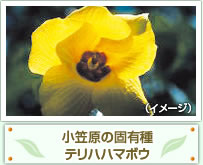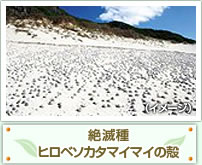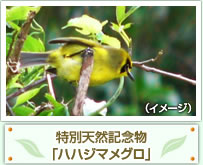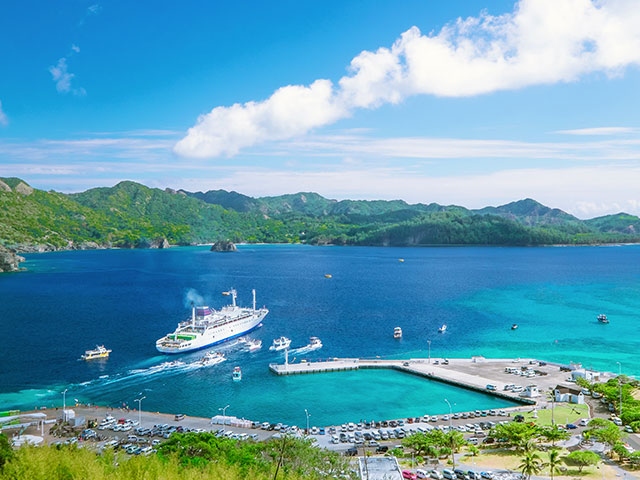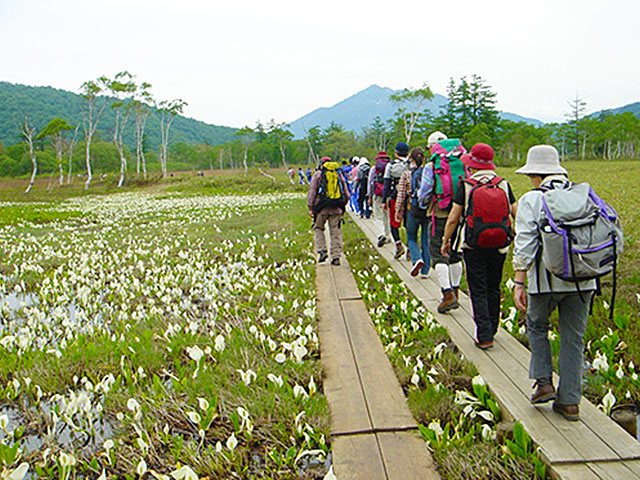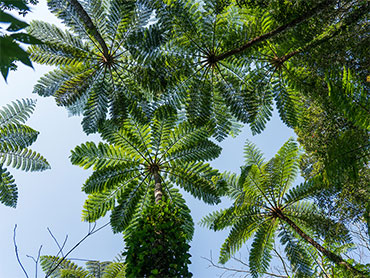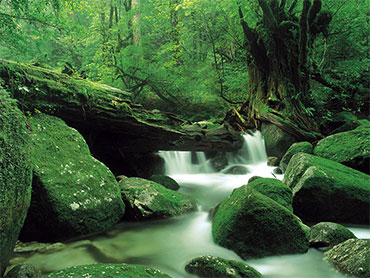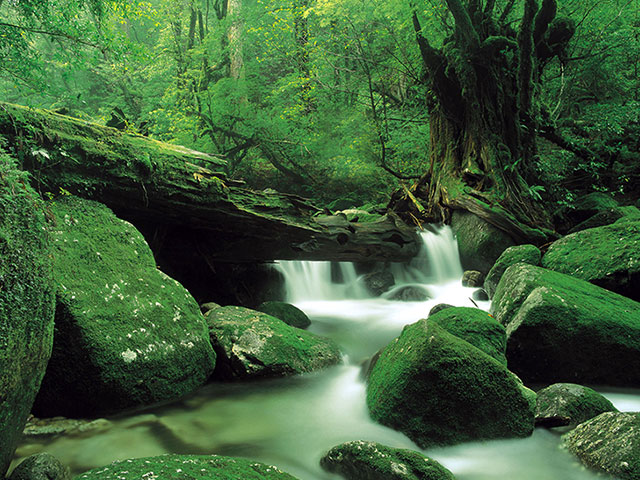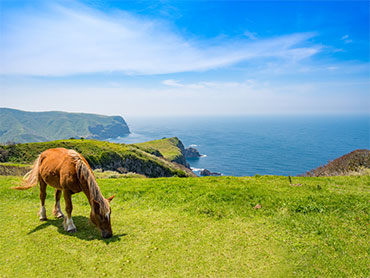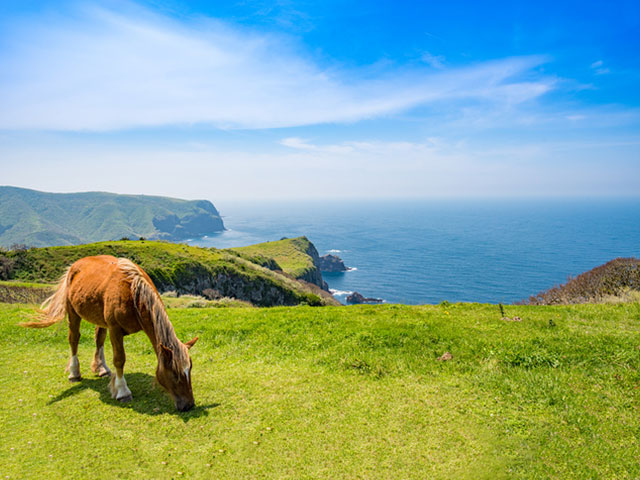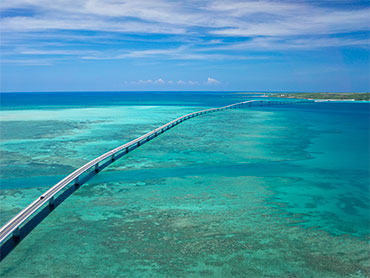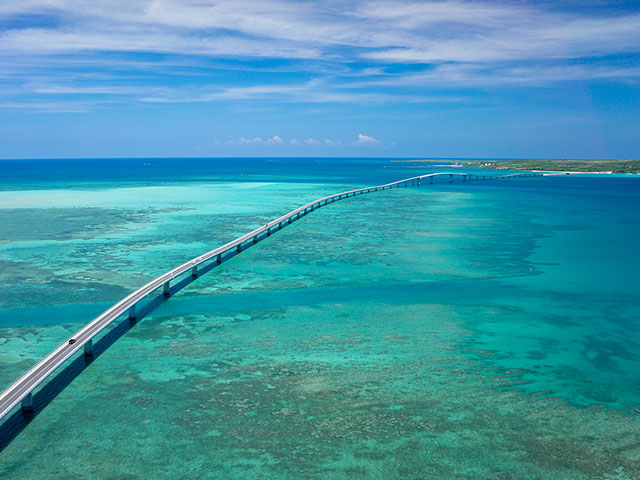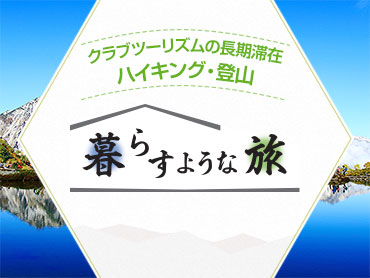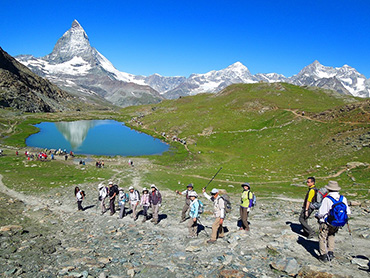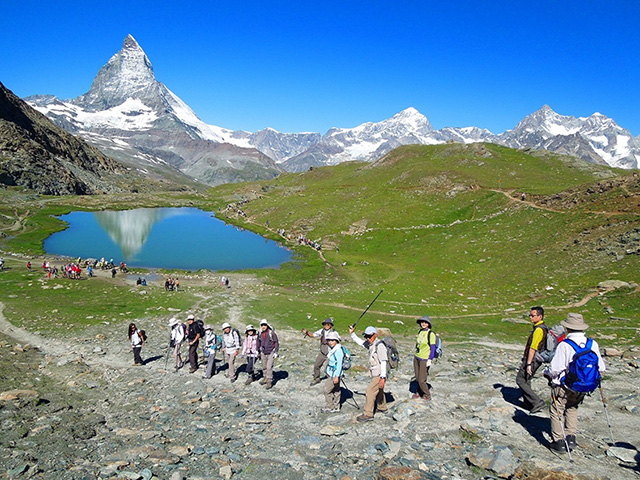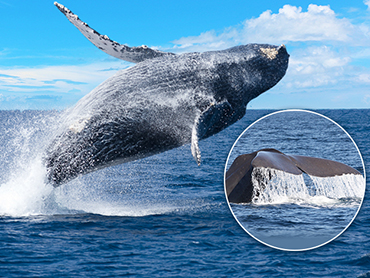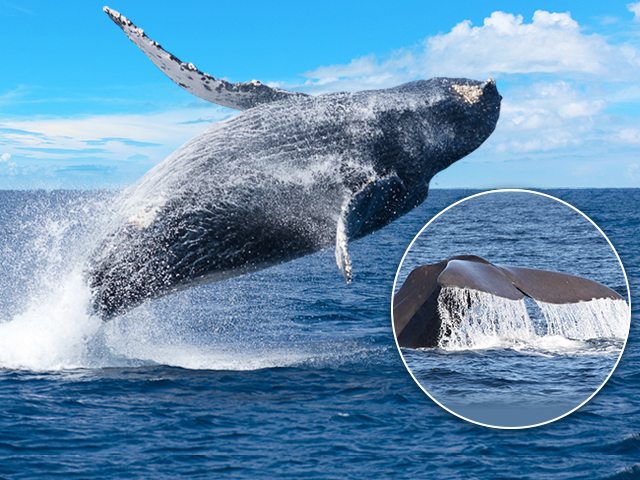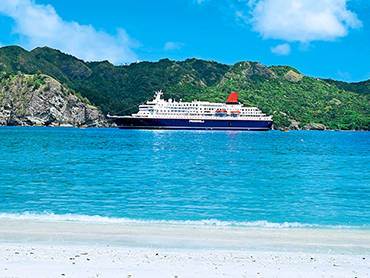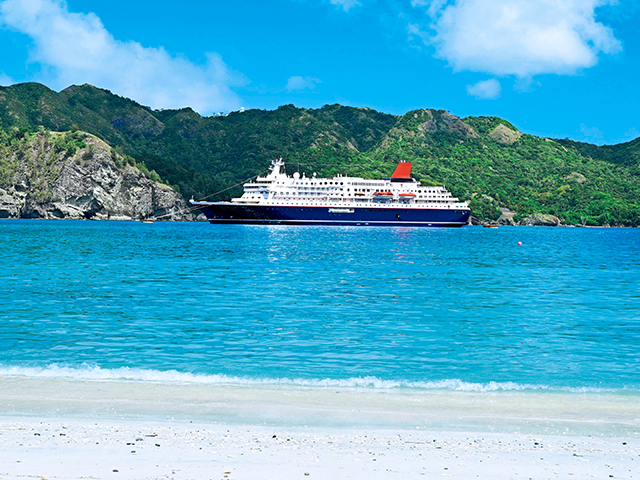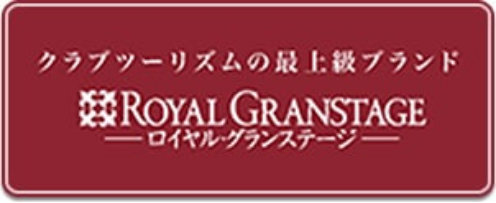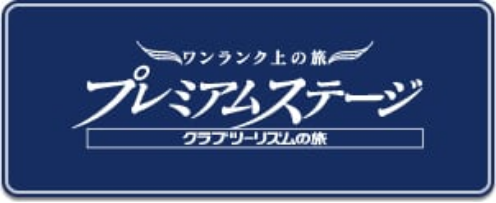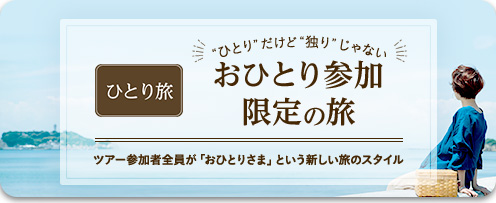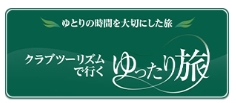The Charm of the Ogasawara Islands


For tours and trips to the Ogasawara Islands, leave it to Club Tourism! We also offer plans with a tour guide, making it safe and comfortable. We introduce a variety of recommended tours unique to the World Heritage Site of Ogasawara, such as whale watching and the special monument of the Hahajima Bluefin Reef Shark. Tour search and booking are also easy.
[World Natural Heritage] The Charm of the Ogasawara Islands
Jun. 2011, the Ogasawara Islands became Japan's fourth World Heritage Site!

The Ogasawara Islands consist of about 30 islands stretching 400 km from north to south. The area registered as a World Heritage Site covers a total of 7,940 hectares, including parts of the Chichihajima Islands outside the inhabited areas, 6,360 hectares of land including the Mukojima Islands, and 1,580 hectares of surrounding sea areas. The Ogasawara Islands are known as the "Galapagos of the Orient" because of the unique evolution of their flora and fauna, which is said to have led to the decision to register the islands.
The sea of the Ogasawara Islands
You can only visit the southern islands when accompanied by a guide certified by the Tokyo Metropolitan Government.

Minamijima is a small uninhabited island off the southwest coast of Chichijima, with a unique limestone topography called "submerged karst topography," where depressions called "dolines" and sharply pointed rocks called "lapies" can be seen. Among them, Ogiike Pond is particularly beautiful, making you feel like you have wandered into another world. In addition to being home to a diverse range of vegetation, this is a nesting ground for seabirds and sea turtles, and a vegetation restoration project is currently underway. Please enjoy your encounter with nature while following the "rules for appropriate use."
The tour includes a boat tour accompanied by a metropolitan government-certified guide, where you can land on the shore and explore the island. (If the waves are high, we may turn back without landing on the shore.)
*On tours of the Ogasawara Islands on the Asuka II and Nippon Maru, you will not be able to land on Minami Island.
Creatures in the sea of Ogasawara
The sea of Ogasawara is a deep blue color, different from the sea of Okinawa, which is at the same latitude. There are a variety of underwater landscapes, such as coral reefs, colorful tropical fish, and black rock faces that drop sharply into the sea. In addition, many dolphins and whales live around the Ogasawara Islands, and it is also the largest nesting ground for green sea turtles in Japan, so you can see a variety of creatures in the sea.
The nature of the Ogasawara Islands and its approximately 100 endemic species
The Ogasawara Islands are unique in that they have never been connected to the continent since their formation. The plants and animals that live on the islands were carried there by ocean currents, wind, and birds, and have evolved independently. In Ogasawara, where many endemic and rare species live, it is important to follow the rules when observing nature.
Ogasawara Country Code
10 rules for coexisting with nature

Ogasawara has rules to protect its untouched nature. We would like to introduce the Ogasawara Country Code to help preserve this irreplaceable natural environment.
(1) Preserving the precious Ogasawara Islands for future generations
(2) Never throw away trash; take it all home with you
(3) Do not walk off the sidewalk
(4) Do not collect, bring into, or take away any animals or plants.
(5) Enjoy watching the plants and animals while being mindful of them
(6) Do not destroy special geographical features such as coral reefs
(7) Do not write graffiti commemorating the visit to the island.
(8) Camping is prohibited on the entire island, so do not camp.
(9) Use as much of your own energy as possible when traveling.
(10) Use water sparingly and keep public facilities such as toilets clean.
History of Ogasawara
The Ogasawara Islands are said to have been discovered by Ogasawara Sadayori in 1593 (Bunroku 2). The first people to settle there were Westerners and native Hawaiians in 1830 (Bunsei 13) during the late Edo period. After that, the Edo Shogunate and Meiji Government conducted surveys and development, and the islands were internationally recognized as Japanese territory in 1876 (Meiji 9).
During World War II, Ogasawara became a battlefield for the American forces, with Chichijima and Hahajima coming under heavy attack, and Iwo Jima being the scene of fierce fighting in which many people were killed.
Remnants of the war remain on the island, including numerous air-raid shelters and cannons built by the Japanese military at the time.
Related Features
オンラインで気軽に旅行相談
Customer Co-Creation Activities
Latest Tours and Information
Club Tourism Travel Brand
Overseas Travel
Club Tourism Internet Membership Information
-
A wide range of services exclusively available to members
-
Search for trips anytime, anywhere!
-
Be the first to know about the best seasonal travel deals!




